Apple’s latest Mac mini is one powerful tiny PC. Released not too long after the Mac Studio, it arrives with the new M2 chip and makes a formidable rival to the more expensive, M1-powered device.
While they look alike, these two computers are not at all the same — they differ both in terms of performance and price. Can the M2 Mac mini replace the Mac Studio? We’ll find out below.
Price and availability
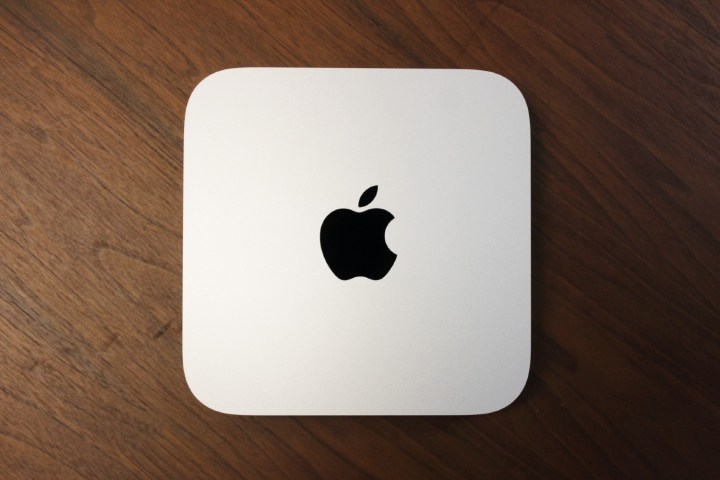
Both the Mac mini M2 and the Mac Studio are already here, but the latter was the first to arrive. Launched on March 18, 2022, Mac Studio comes in two configurations. The cheaper option costs $1,999, and the more expensive variant bumps the price up to $3,999.
Apple’s M2 Mac mini hit the shelves on January 24 of this year, so it’s still very new. The price of it depends on the exact specifications you choose and it ranges from $599 to $1,999.
Specs

Nearly all Apple products come with some degree of customization. You may not be able to adapt each and every part, but you get to choose the important bits based on what you need and how far your budget can stretch. The same is true for the latest Mac mini and for the Mac Studio.
In the case of the Mac Studio, there’s a large spec gap between both models, and that gap is reflected in the price. The base model is equipped with the M1 Max chip, but the pricier version sports the M1 Ultra — the most powerful chip in that generation of Apple silicon, made up of two M1 Max chips stitched together.
The new Mac mini brings the chip up to M2, but it only has the basic version and the M2 Pro in the more expensive configuration. It also gives you a bit of flexibility in terms of RAM and SSD size and can go all the way up to 32GB with a massive 8GB of storage.
| M2 Mac mini | M2 Pro Mac mini | M1 Max Mac Studio | M1 Ultra Mac Studio | |
| CPU | 8 cores | 10 cores | 10 cores | 20 cores |
| GPU | 10 cores | up to 19 cores | 24 cores | 48 cores |
| Unified memory | 8GB | 16GB | 32GB | 64GB |
| SSD storage | 256GB/512GB | 512GB | 512GB | 1TB |
| Price | $599/$799 | up to $1,999 | $1,999 | $3,999 |
| Where to buy |
The specifications make the two mini PCs difficult to compare on a performance-only level. The M2 and the M2 Pro are less high-end chips than the M1 Max and the M1 Ultra, but they are of a newer generation, which gives them a certain kind of boost.
Design
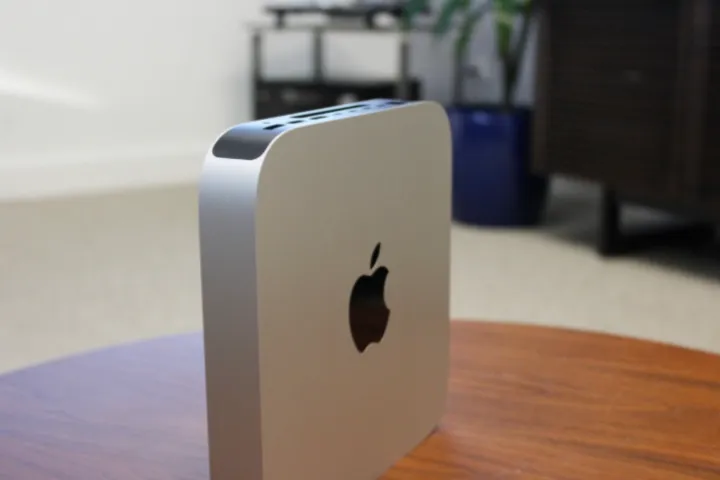
When seen from above, the M2 Mac mini and the Mac Studio look nearly identical — like a silver square with rounded edges and Apple’s logo etched on top. However, if you put them side to side, you’ll immediately see that the Mac Studio is much, much taller.
The box — it’s hard to refer to these PCs as anything else — doesn’t have any feet or handles. The Mac mini is slim enough to fit inside a backpack, and the Mac Studio is too, but it will likely take up the majority of the space. There’s also a bit of a difference in weight between the two.
The M2 Mac mini weighs just 2.6 pounds and measures 7.75 by 7.75 by 1.41 inches. Meanwhile, the Mac Studio weighs 5.9 pounds and measures 7.7 by 7.7 by 3.7 inches.
Ports
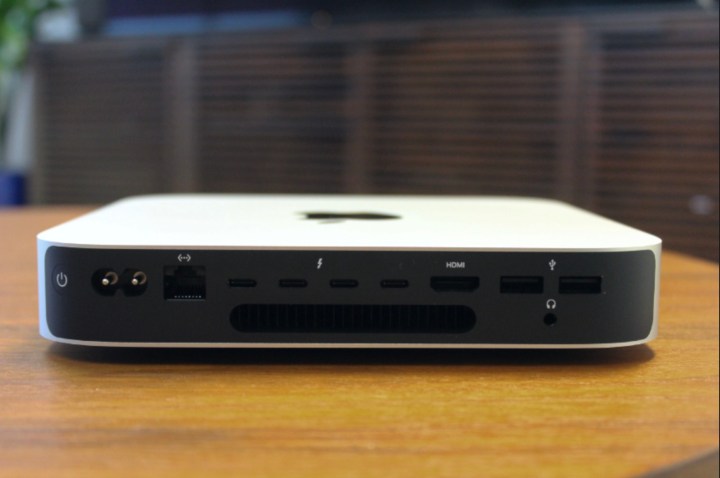
Apple tends to have an on-and-off relationship with putting an adequate number of ports on its products. Some devices have plenty while others have barely any at all. Being aimed at professionals and creatives, the Mac Studio offers a good amount of connectivity options. The M2 Mac mini loses this particular battle.
Apple’s Mac Studio comes with a whopping four Thunderbolt 4 ports, two USB-A ports, a 3.5mm headphone jack, and 10Gb Ethernet in the back of the device. In the front, the M1 Max version has an additional two USB-C ports, and the M1 Ultra model — two Thunderbolt 4 ports. It has more connectivity options than the Mac mini, but also the $6,000 Mac Pro.
The M2 Mac mini uses the same new generation of ports, but it has fewer of them than its rival. The base M2 variant comes with two USB-A ports, two Thunderbolt 4 ports, an Ethernet jack, a headphone jack, and an HDMI 2.1 port. The more expensive M2 Pro model bumps up the number of Thunderbolt 4 ports, now totaling four.
Performance

The Mac mini and the Mac Studio have a few things in common, but perhaps the most important shared trait is that these computers were made for professionals. Be it artists, content creators, or video editors, most owners of Apple’s mini PCs tend to use them for various creative workflows. As such, their performance is what matters the most.
Let’s start by exploring the performance of the Mac Mini. In our own testing of the M2 Pro Mac mini, we found it to be the best mini PC on the current market. With a good balance of price and power, it might be good enough to render the Mac Studio somewhat obsolete — so much so that even Apple might be quick to give up on it soon.
The M2 Pro chip housed inside the new Mac mini did a good job at beating its last-gen counterpart. Compared to the M1 Pro, it was 17% faster in multi-core tests. It was also able to keep up with the M2 Max 14-inch MacBook Pro, which is no small feat.
The graphics performance of this little computer was just as impressive as the flat gains of the CPU, all thanks to the addition of extra GPU cores. It proved to be 34% faster than the M2 MacBook Air in our PugetBench Premiere Pro benchmark, and when faced with exporting, it beat the MacBook Air by 43%.
We also took the M2 Pro Mac mini out for a spin in a gaming scenario, and surprisingly, it did a superb job. It maintained an average of 63 frames per second (fps) in Shadow of the Tomb Raider at the highest settings in 1080p, meaning that it performed 36% better than the M1 Pro MacBook Pro. No one buys a Mac mini for gaming purposes, but it’s nice to know that it can run some games just fine.
The new Mac mini has another claim to fame — it’s actually better than the $6,000 Mac Pro, having defeated it in a benchmark.
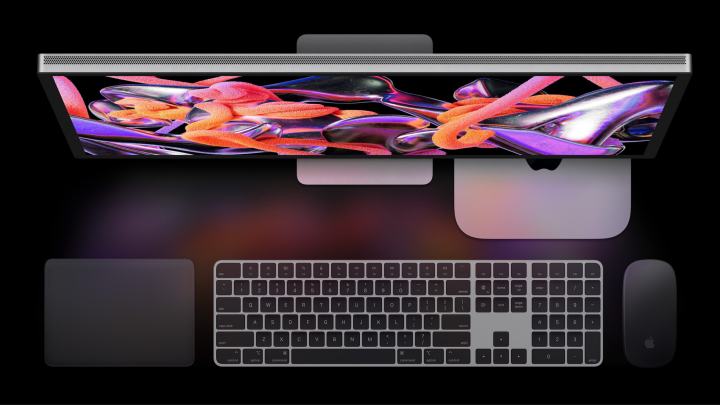
With all that said, the Apple Mac Studio is also nothing to turn your nose up at. The M1 Ultra chip is undoubtedly more powerful than anything that can be found within the M2 Mac mini. Much like the Mac mini, it sweeps the floor with the aging Mac Pro, cutting render time in half. It does a good job of showing off the power of Apple’s own silicon compared to the Intel Xeon-based Mac Pro.
Despite being a few months older, the Mac Studio is a more powerful computer than the M2 Mac mini. The inclusion of an “older” chip doesn’t mean anything when it’s the top of the line in that generation. It sports more CPU and GPU cores and offers a massive step up in terms of unified memory. The performance of the M1 Max Mac Studio is very close to the M1 Max MacBook Pro, and the M1 Ultra is usually twice as fast. Both are likely to be faster than the M2 Mac mini.
Power battles value
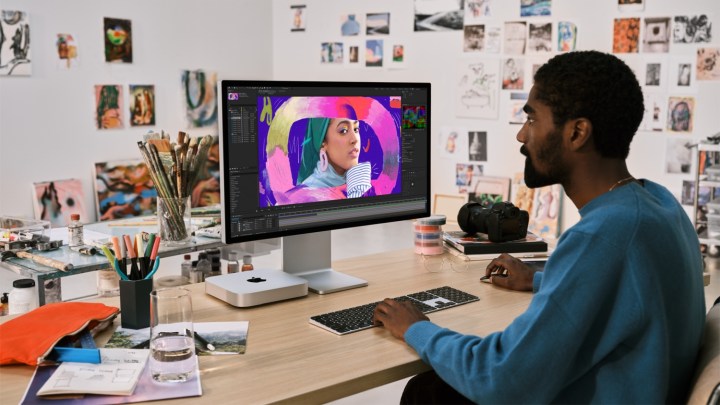
In a way, you can look at the Mac Studio like a supercharged version of the Mac mini — it’s bigger and it’s better, but it’s also much pricier. This is what makes the decision much less clear-cut than it might have been otherwise.
It’s difficult to compare these two mini PCs, if only because you can configure both to add some extra power to each. On paper, the Mac Studio is going to win most of these battles — it’s a strong mini PC that will breeze through tasks like video editing, rendering, and exporting. It’s considerably better than the — much more expensive — 2019 Mac Pro.
On the other hand, the M2 Mac mini fulfills pretty much the same role, but it keeps the prices much more reasonable. It maintains good thermals and stays quiet even under heavy workloads, and it’s still powerful enough to obliterate the $6,000 Mac Pro, despite costing only a tenth of the price.
If you need the best performance available, you will still find that in the Mac Studio, with its extra GPU and CPU cores and a boatload of RAM. However, if you want something of good value that will still breeze through your daily tasks, the M2 Pro Mac mini would be our pick.
Editors’ Recommendations
Services Marketplace – Listings, Bookings & Reviews
